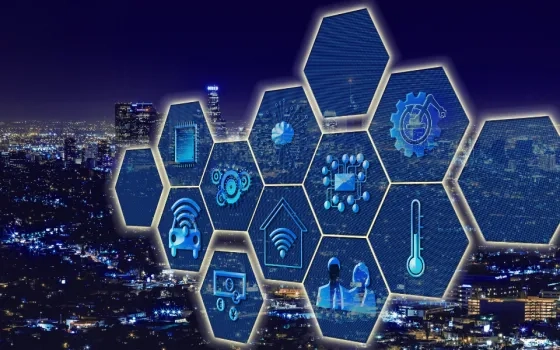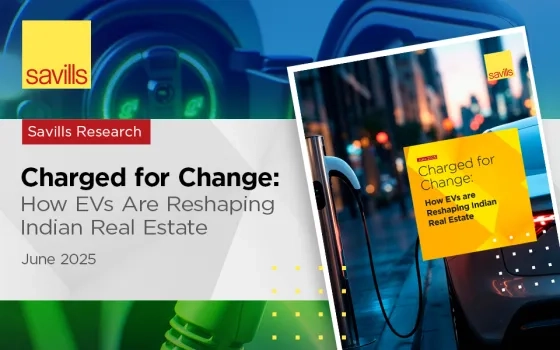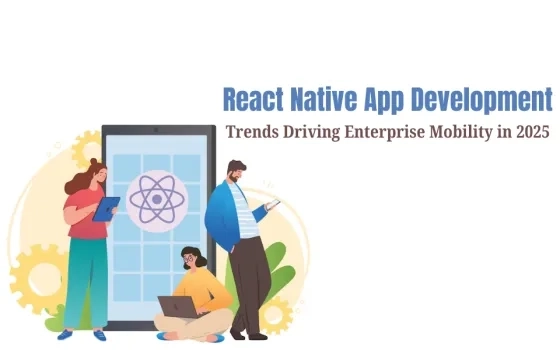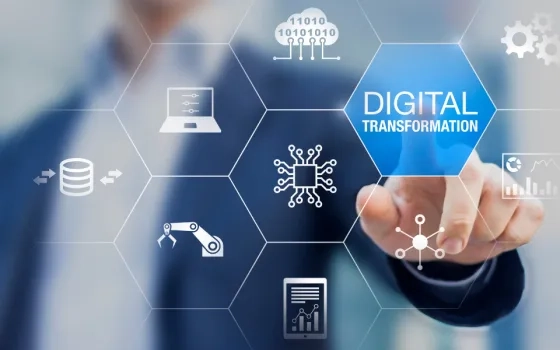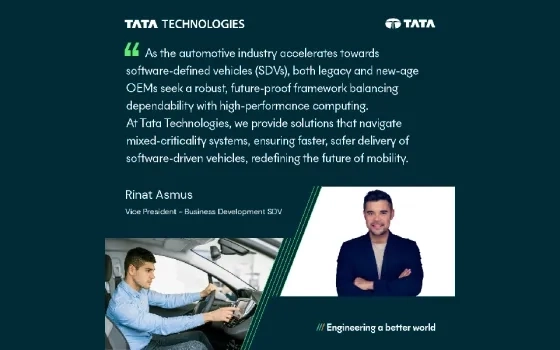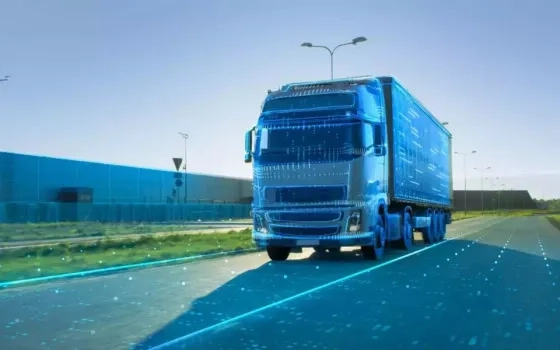Evolving landscape of Telematics Services in Software-influenced Auto Insurance Industry
Amid the insurgence of shared mobility and exploration of autonomous vehicles, insurers experience a flux. On one hand, vehicles are becoming more machine-driven and on the other hand building human-centered products is becoming fundamental for ensuring customer loyalty and long-term business growth. Such necessities lead to a shift from insuring assets to protecting the mobility journey. Industry experts expect that enhanced car safety and autonomous driving will lead to a shift in insurance products worth $160 million by 2030 – expansion in coverage from driving experience to automotive parts. Further, software companies will be responsible for the development and maintenance of evolving-driving technologies.
Aligned to such disruptions, customers are looking for value propositions and coverage options such as a single policy that takes care of vehicles - a car, an e-scooter, or riding in an Uber. Insurers are looking for opportunities to reduce claims volume, steer higher customer engagement, develop better NPS scores, and build increased up-selling and cross-selling opportunities. Thus, there is a need to have a balanced proposition in building policies that satisfies both customers and insurers, anchored to in-car data-driven insights of driving journey.
Telematics technology has been instrumental in shaping up such new developments in auto insurance. This technology enables vehicle insurance to record and share driving relevant data. Real-time data on driving behavior can be leveraged through plug-and-play apparatus and in-vehicle intelligent monitoring systems, which helps determine appropriate vehicle insurance premiums. Insurance companies are using AI tools to collate data on predicting driver scores & data and perform risk modeling. Moreover, with surge in accidents, government, and mobility industry increased adoption of telematics to improve safety and fleet management and align insurance policy as per driving behavior. Research estimated that the Europe Insurance Telematics Market size is expected to grow from $ 0.64 billion in 2023 to $ 1.83 billion by 2028, at a CAGR of 23.34% during the forecast period (2023-2028).
The different types of telematics providers aligned with auto-insurance are broadly categorized to - Telematics box, also known as black box, Plug-and-drive, Pay per mile, and App-driven Telematics systems.

Figure 1: Telematics providers in an automotive system
Telematic box is a vehicle device that is installed in the car. Using GPS, it tracks the customer driving behavior and provides a driving score card. Cellular secure network transfers this data to fleet management software (FMS) to consolidate the data. The higher score indicates safe driving and insurance premium is set accordingly. Most insurance companies use customer driving dashboards to share their feedback. FMS system also manages data on vehicle inventory – vehicle identification numbers, lines, makes, vehicle maintenance and scheduled maintenance, ad hoc requirements, licensing, and vehicle insurance including due dates and restrictions. Plug and drive and pay per mile are the customized benefits that enable insurance companies to charge premium based on the mileage driven during the coverage period. Telematics App enables insurers to collect data on vehicle conditions. Tracking using GPS system is shared with fleet operators for better decision as per the data. Sensors also enable data on driving performance in terms of aggressive driving and risky movements and suitably guide the driver. Apps provide data on traffic conditions, weather alerts and may provide information on nearest service centers, as well.
The broad functional modules of telematics services providers encompass -
Infrastructure: Cloud-based connected car telematics, provided in partnership with the cloud network providers, enable access to vehicle details to customers. Telematics providers using cloud connectivity can host SaaS platforms in a secure environment in a global cloud - a low-cost, simplified process while adhering to security compliance.
Analytics and Predictions: Data collated by telematics devices, augmented with advanced analytics, is crucial to provide reliable insights and bridge the data gap - major decisions like risk predictions are based on driving intelligence in terms of speed, breaks and accident intensity among others. Businesses are using AI tools to collate data on predicting driver scores & data, and risk modeling to enhance the safety of vehicles and patrons. The data on real-time behavior can be leveraged through plug-and-play apparatus and in-vehicle intelligent monitoring systems, which help to determine appropriate vehicle insurance premiums.
Safety & Security: Telematics devices gather sensitive information about vehicle owners such as place, and speeding behavior. So, it is necessary to ensure data privacy and safety and adhere to certified data encryptions, and strict privacy policies protection of clients’ data also ensuring faster fraud detection.
Personalization: Customers are looking for superior customer services in terms of training, troubleshooting, and 24/7 customer support. Service providers must ensure access to data and service in areas of risk estimation associated with individual driving behavior, and suitable driver coaching.
With multiple features in place for the Telematics providers, auto insurers can evaluate specific service providers based on their services. These services can be broadly categorized across three different clusters:
- Focus towards Predictive Analytics
- Steering Ecosystem Collaborations
- Demonstrating Differentiated Practices

Figure 2: Service coverages of Telematics providers
Focus towards Predictive Analytics
Telematics providers have leveraged predictive analytics in many areas of solutions. They provide solution applications using plug and play or M2M platform enabled with some applications having provision for residual battery consumption. As data stored by devices are sensitive, most of the solutions do provide cybersecurity and adhere to data privacy and ethical AI standard compliance. Using predictive analysis solutions, such providers also facilitate insights on driver scores & data, risk modeling, crash detection and evidence-based insights. Telematics providers customize the solutions with a provision for traffic modeling, fuel efficiency, geo-fencing, and EV management tools.
Steering Ecosystem Collaborations
As the telematics market has matured over the years, service providers have adopted to collaborate with various entities such as technology providers, data centers, and content providers of vehicle information to amplify their solutions with enhanced customer experience. Beyond supporting insurers for Usage Based Insurance (UBI) programs, telematics providers with advanced IoT and edge computing are trying to build frameworks for creating awareness about CO2 emission data and reduction advice. Further data-driven engagements enable car share platforms to connect auto-insurers and service providers.
Demonstrating Differentiated Practices
Telematics providers are enhancing a customer journey by mapping their services with customer needs through interaction and feedback. The web portals, APIs and reporting systems are key features of a telematics system. Service providers are exploring solutions in the areas of near real-time crash-data processing and automated emergency calls in the event of a crash to verify the need for passenger assistance.
Adoption of digital technologies will accelerate collaborations between telematics service providers and insurers. Real-time data captured by telematics providers will help unlock access to personalized risk profiles. This will in turn enable the development of customized insurance products —including the operation of fleets of driverless cars. As cloud technologies mature, leveraging telematics services insurers could explore the gamut of information across the automotive ecosystem. Cloud natives will be better placed to connect customers, distributors, insurers, and other ecosystem entities. Telematics software-enabled insights across an automotive customer’s journey will recalibrate the customers' claim journey in auto insurance, facilitate the transition of insurers from product developers to solution co-designers, and will be instrumental in adapting to dynamic customer expectations.
References:
https://www.mordorintelligence.com/industry-reports/europe-insurance-telematics-market
https://beinsure.com/3-types-telematics-usage-based-insurance/
https://www.mckinsey.com/industries/financial-services/our-insights/how-top-tech-trends-will-transform



